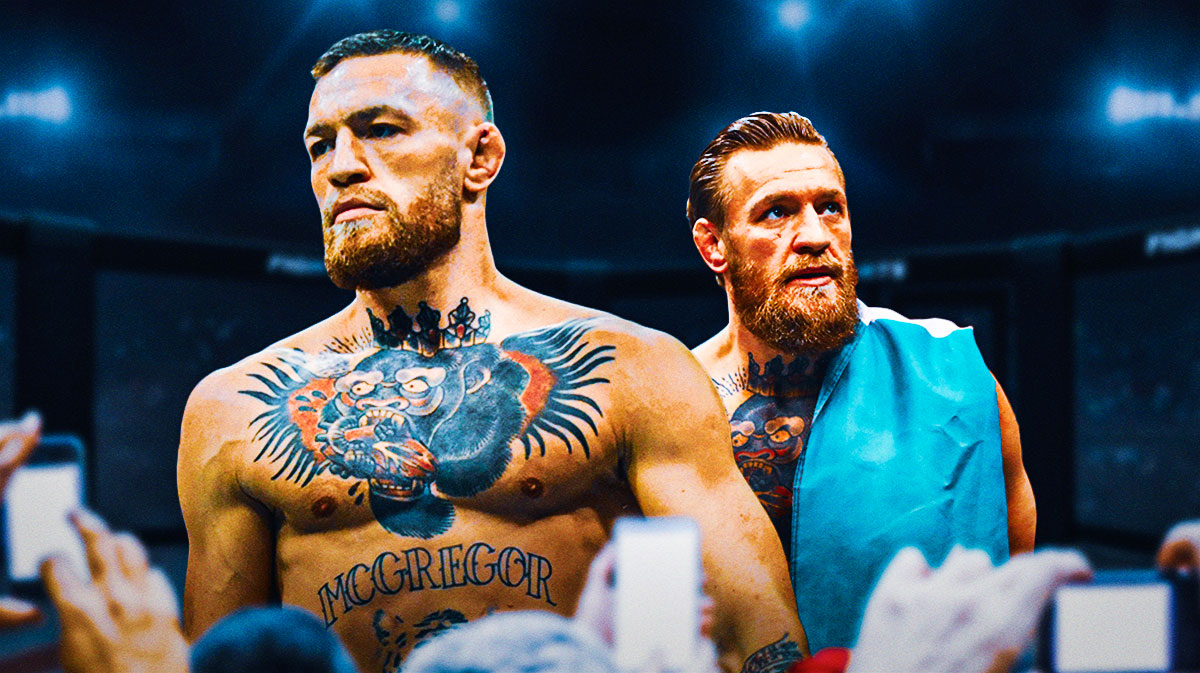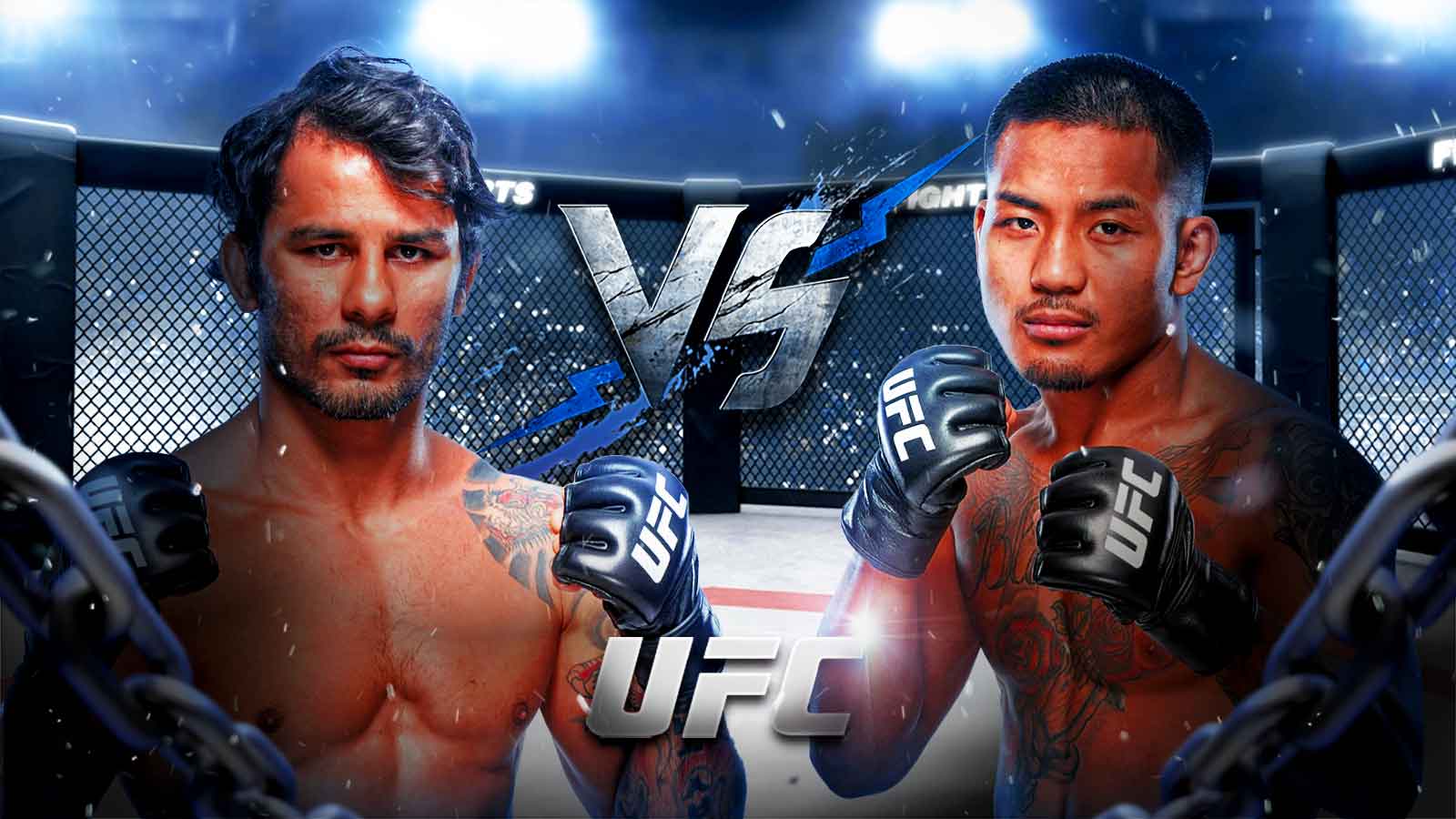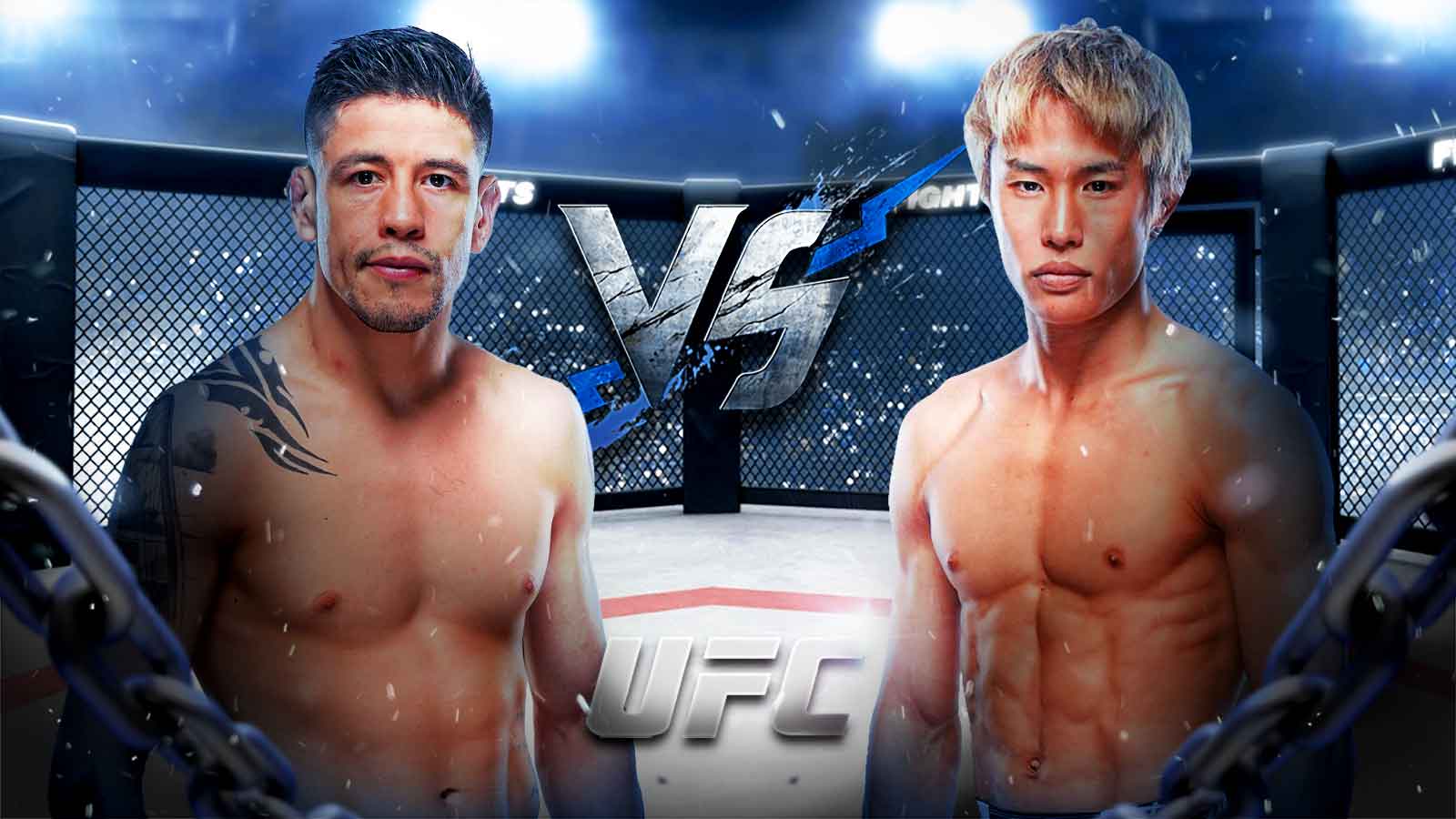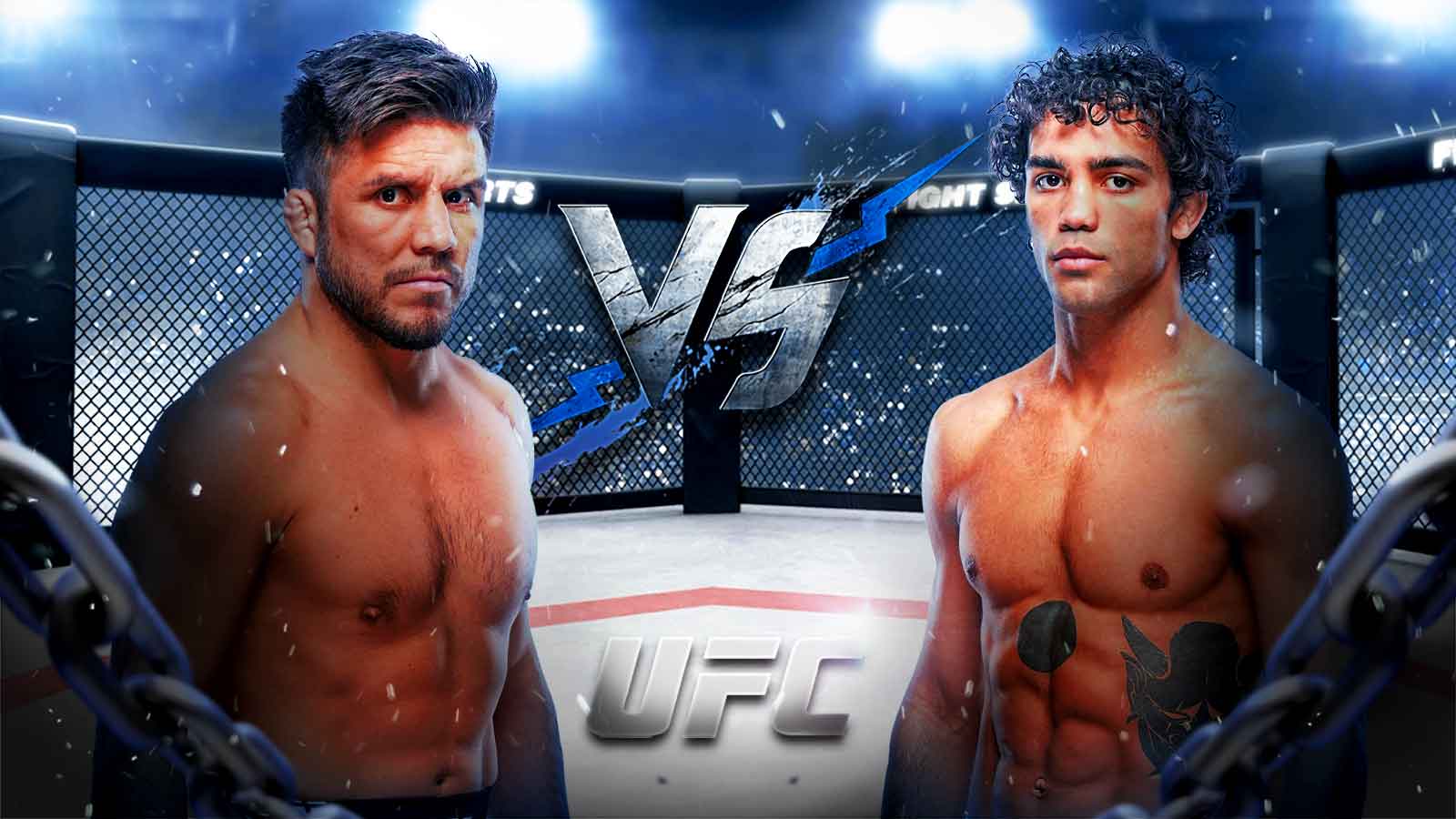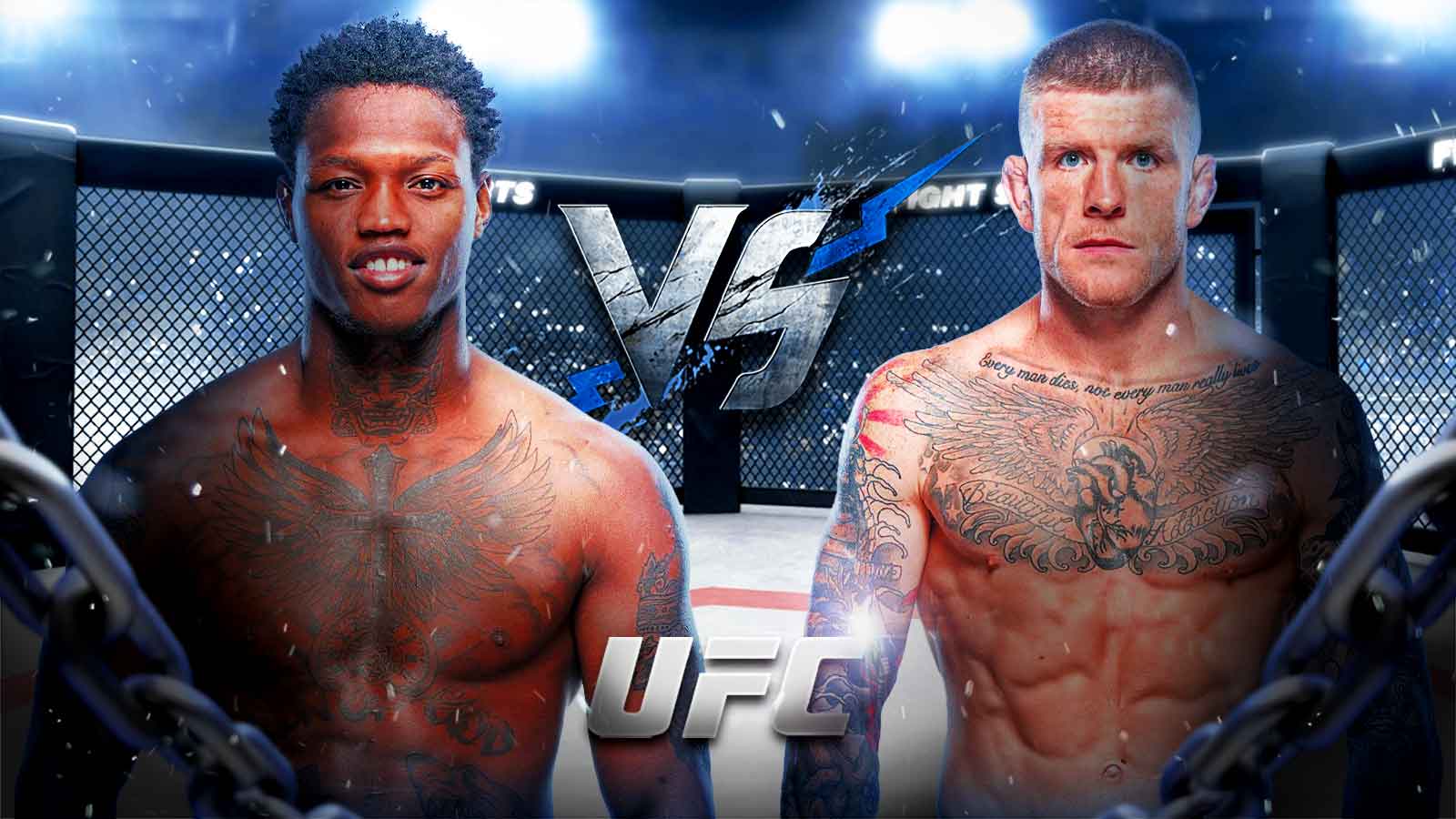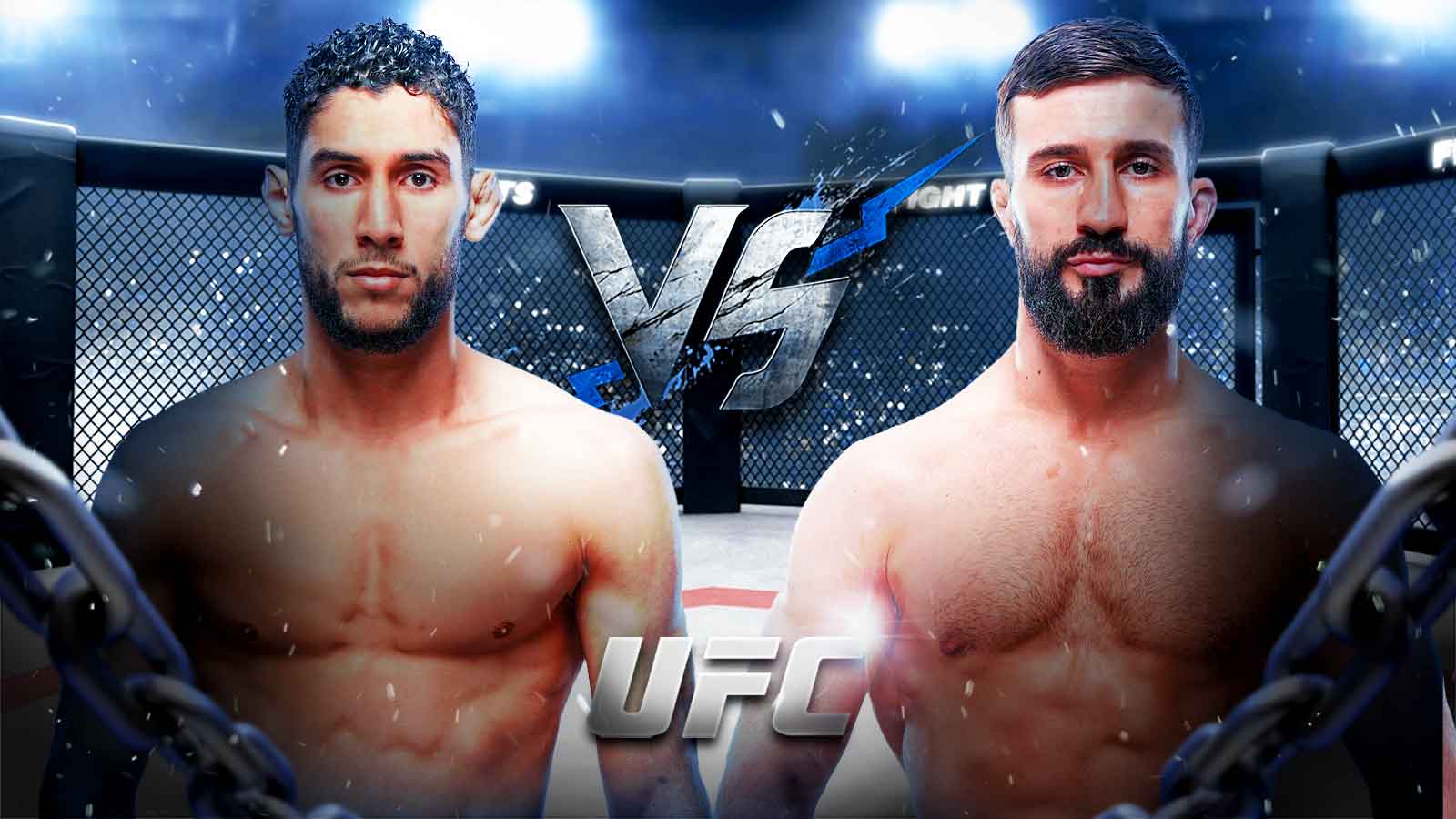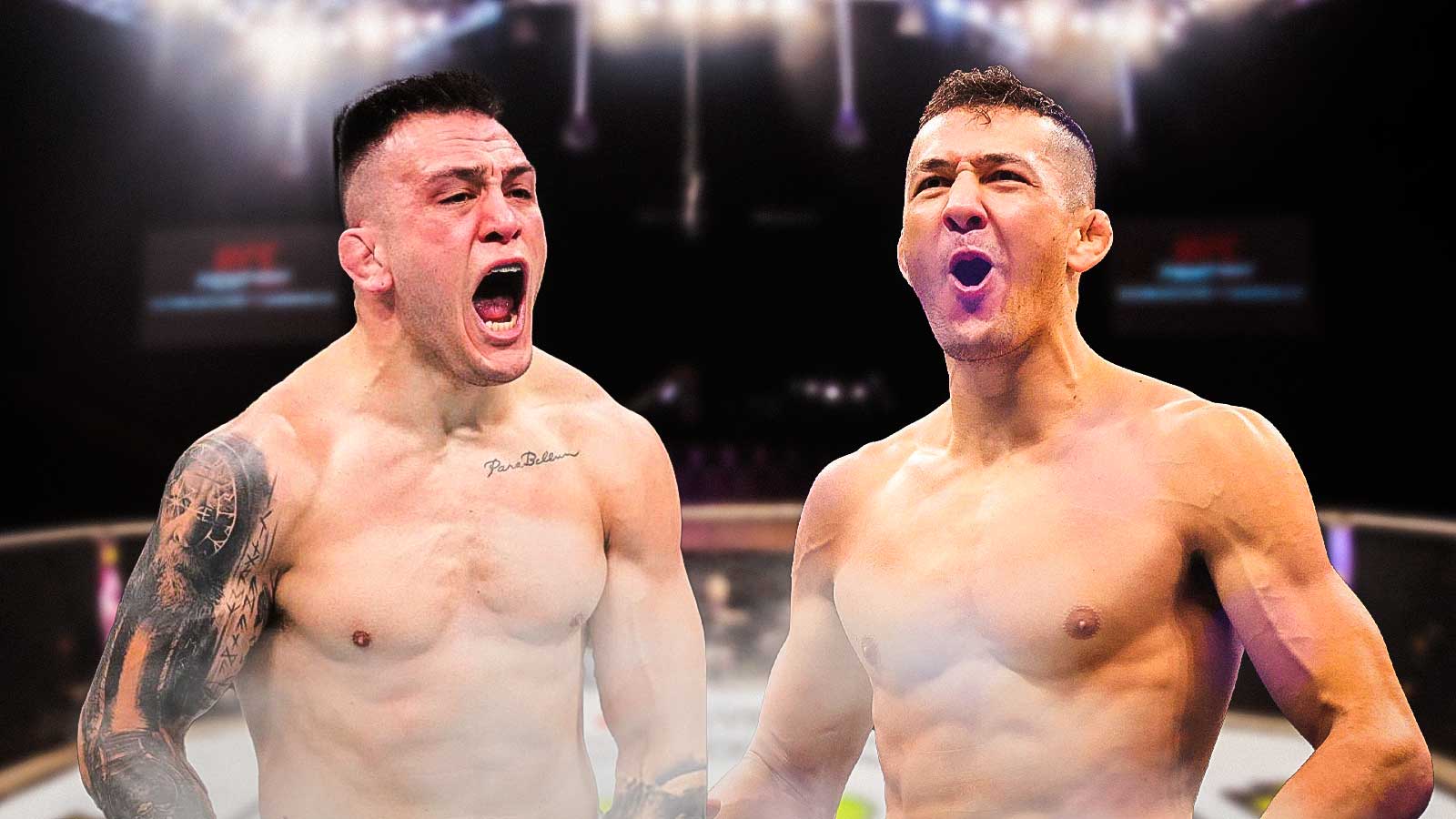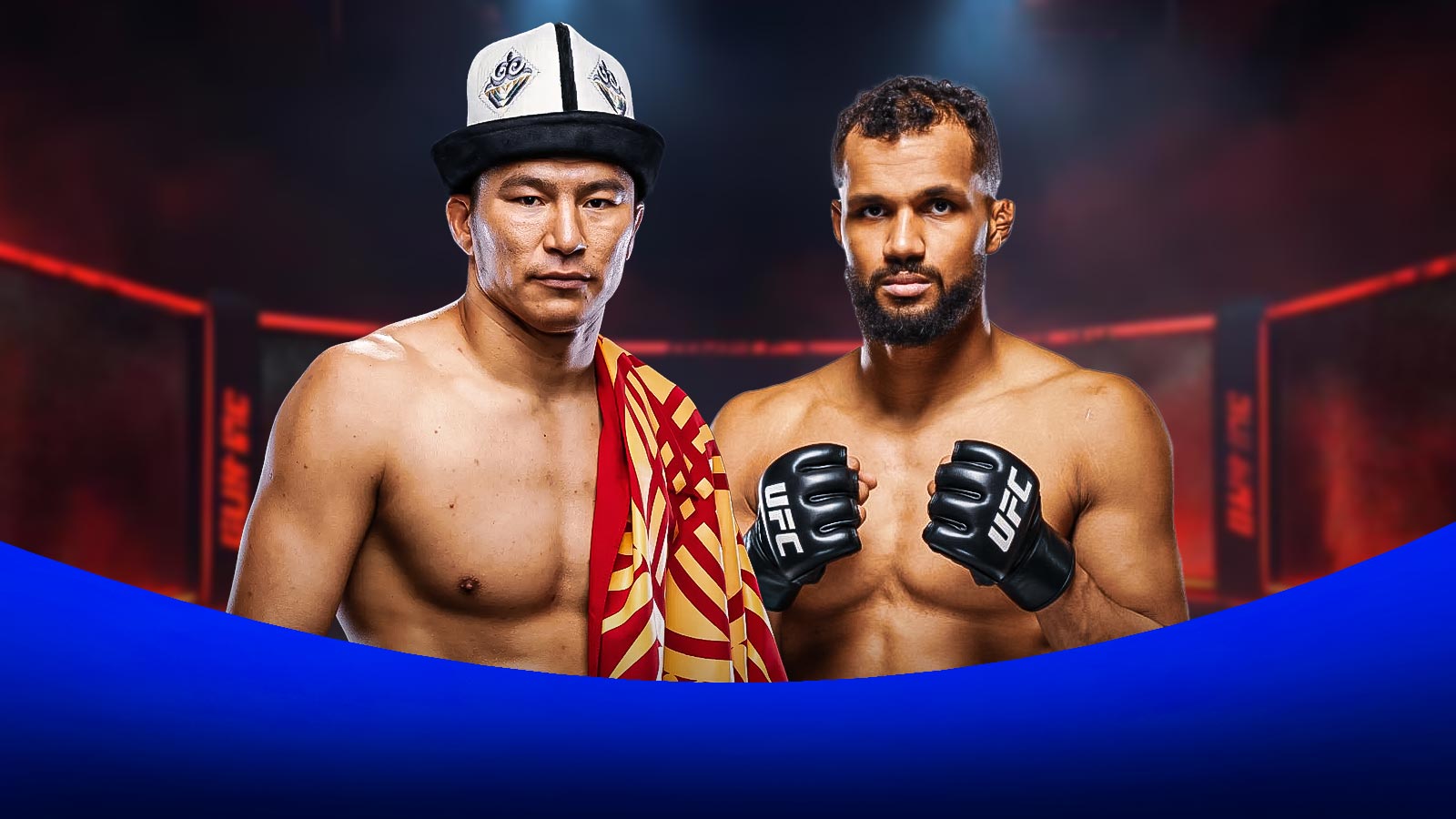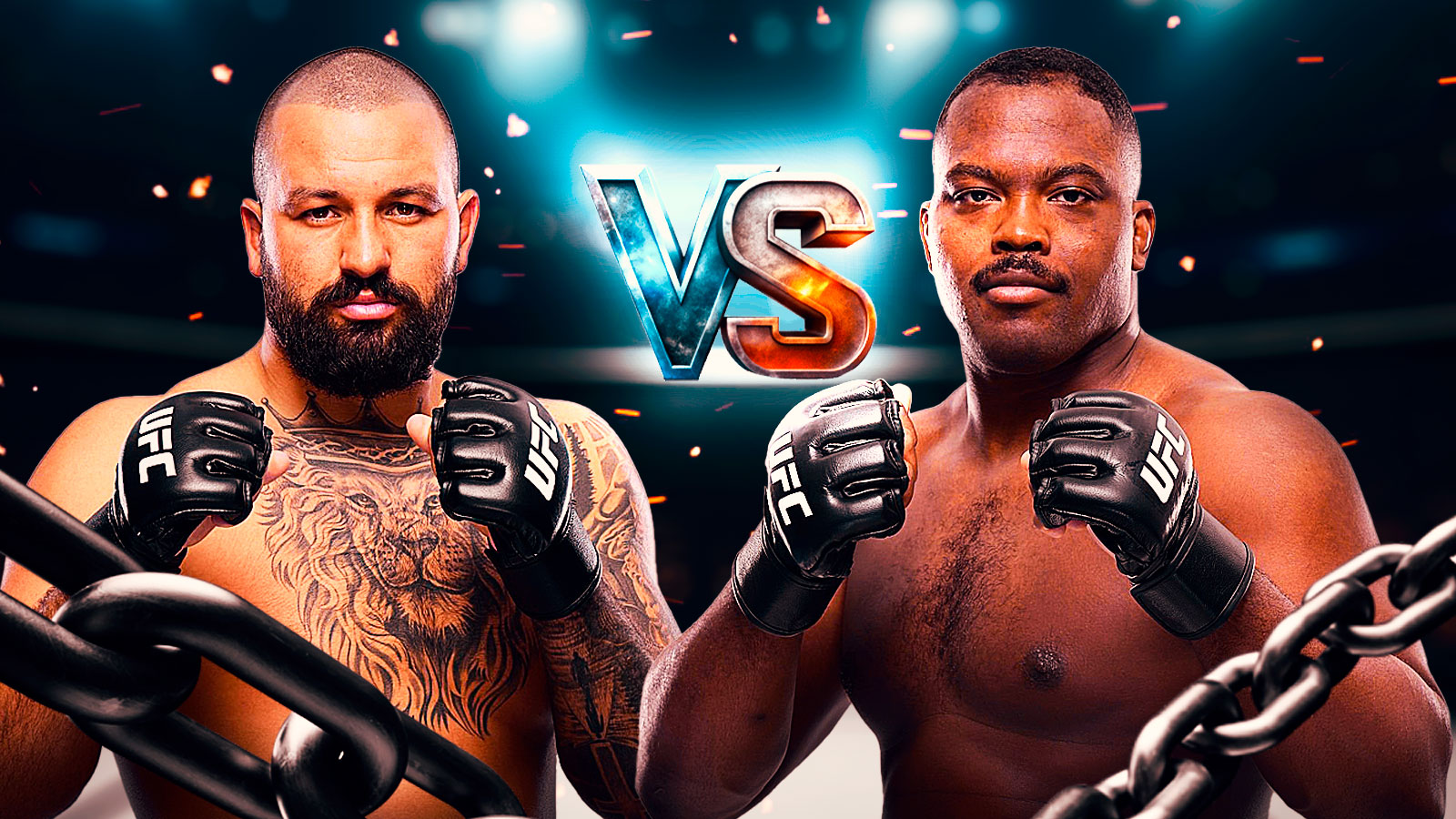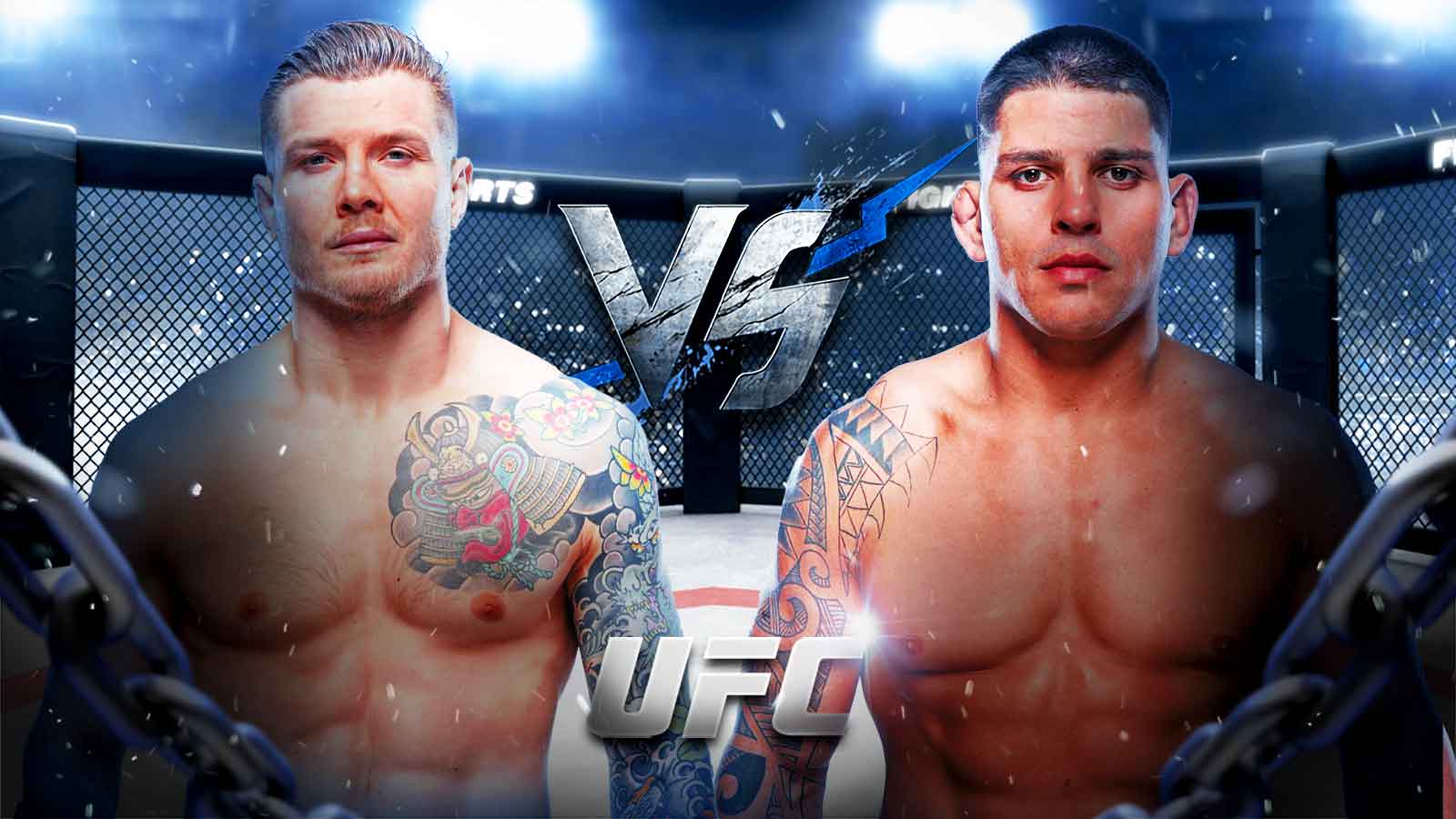Conor McGregor’s long-awaited return to the Octagon has been put on hold yet again. The former two-division UFC champion has been suspended 18 months by the UFC’s Anti-Doping Program following three whereabouts failures between July and November 2024, sources confirmed Tuesday afternoon.
Conor McGregor has been suspended 18 months by #UFC anti-doping for three whereabouts failures in mid-to-late 2024
The suspension is retroactive and he'll be eligible to compete March 20, 2026 – in time for the White House card pic.twitter.com/66dZ7emseW
— Nolan King (@mma_kings) October 7, 2025
The suspension is retroactive, beginning in September 2024, which makes the Irish superstar eligible to fight again on March 20, 2026 — coincidentally, just days before the UFC’s planned “White House card,” a monumental event celebrating the sport’s growing mainstream acceptance in the United States.
For McGregor, this development is the latest chapter in a career defined by both brilliance and turbulence. After spending much of 2024 teasing a return against Michael Chandler, the 36-year-old found himself entangled once more in controversy outside the cage. The violations, classified as “whereabouts failures,” indicate McGregor missed or failed to submit required testing location updates on three occasions within a 12-month span — an automatic anti-doping violation.
Understanding the Whereabouts Rule and UFC Anti-Doping
In the world of combat sports, the UFC’s anti-doping standards are comprehensive and strict, even after shifting administration back to a UFC-managed structure following the end of its partnership with USADA in 2023. Under the current framework, athletes are still required to provide precise and up-to-date information on their location for random, out-of-competition drug testing at any time.
Three missed tests or failures to provide accurate location details within a year triggers a standard 18-month suspension for first-time offenders. Unlike a positive drug test, whereabouts violations do not imply direct performance enhancement but instead raise compliance concerns, as they prevent testing officials from verifying an athlete’s clean status.
McGregor’s camp reportedly did not contest the ruling and accepted the retroactive start date. A statement released through his management on Tuesday afternoon said the fighter intends to fulfill all testing obligations moving forward and is “laser-focused on returning to the Octagon in 2026.”
While the Irishman’s reputation has endured countless storms over the years, this marks his first official anti-doping sanction. For fans and rivals alike, it further extends an already lengthy delay in his competitive resurgence.
Public Reaction and Conor McGregor’s Legacy Question
Public reaction to the news has been divided across social media. Supporters point out that a whereabouts failure is not equivalent to a doping violation and stress McGregor’s clean record in sanctioned competition. Critics, however, argue that the repeated testing issues underscore an ongoing lack of discipline that has plagued the Irishman since his 2021 leg injury against Dustin Poirier.
Throughout his career, McGregor’s brand has been built equally on his skill and his unpredictability. He revolutionized MMA’s popularity with his sharp striking and even sharper tongue, becoming the first UFC fighter to hold belts in two divisions simultaneously. Yet since 2018, injuries, legal issues, and promotional delays have kept him more in the headlines than inside the cage.
At 36, McGregor’s potential return in 2026 would mark almost five years since his last official win, a 40-second dismantling of Donald Cerrone at UFC 246 in 2020. While that victory reminded fans of the precision that made him a global superstar, the years since have tested his relevance in an evolving sport that’s never stood still.
Still, if there’s one thing history has shown, it’s that McGregor thrives on comebacks. From avenging his first UFC loss to Nate Diaz to his record-setting 2016 win over Eddie Alvarez, “The Notorious” has repeatedly found ways to reclaim the spotlight. The question now is whether he can still command that same magic in 2026.
Looking Ahead to 2026
With the suspension now official, the path forward for McGregor becomes clear. He will be required to maintain complete whereabouts transparency, submit to unannounced testing, and fulfill mandatory UFC anti-doping education before reinstatement.
If he does return in March 2026, the moment would mark not just another comeback — but potentially his final bid to recapture relevance in a sport he once defined. A fight at the “White House card” would bring the spectacle full circle: a symbol of both redemption and the enduring magnetism of Conor McGregor’s name.
Conor McGregor lays out his demands to fight at the #UFC White House card — and if he gets what he wants, the former two-division champ plans to put on a show! 👀 ☘️ pic.twitter.com/jku6kY3sKr
— MMA Fighting (@MMAFighting) September 25, 2025
Until then, the combat world waits once again for the unpredictable next move of MMA’s most polarizing figure.

